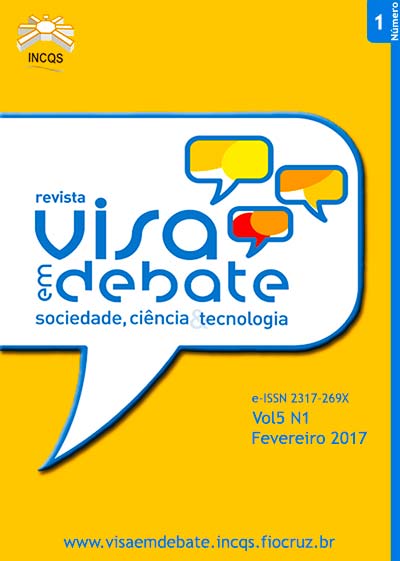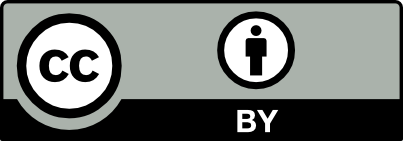Quality of treated water: evaluation of fluoride levels in 10 years of heterocontrol in a city of the State of Santa Catarina
DOI:
https://doi.org/10.22239/2317-269X.00833Keywords:
Fluoridation, Water Treatment, Water Quality Control, Water Analysis, Water Supply, Water Monitoring, Sanitary SurveillanceAbstract
The public water supply fluoridation is the addition of fluorine in the water treatment plants, as a way of preventing tooth decay. This study evaluated the situation of fluoridation of public water supply in the city of Lages, of the State of Santa Catarina, systematizing data from 10 years of external control (2004-2013). Monthly, every other day, 67 water samples from 11 points of supply were collected, totaling 737 samples. To determine the fluoride concentration in the water samples, an electrometric method was used. After analysis, the samples were classified according to the criteria of Ordinance nº 635/Bsd of 26/12/1975 (adequate or inadequate) and the criteria proposed by the Ministry of Health Collaborating Centre for Surveillance of Oral Health (CECOL) of the University of São Paulo (benefits and health risks of the population). Of the samples analyzed, 58.6% had adequate levels of fluoride and 51.1% had maximum benefit and low risk, according to each criterion. Of the inadequate samples of fluoride concentration, 34.7% stood at levels above 1.0 mg L-1 and 6.7% at low levels of fluoride in water (<0.7 mg L-1). For CECOL criteria, 45% of the samples were characterized by moderate to very high risk of developing fluorosis (fluoride content between 0.95 and ≥ 1.45 mg. L-1). It is recommended to adopt effective measures to ensure that the population ingests treated water quality, including appropriate levels of fluoride in the water and the maintenance of health surveillance by the Public Health authorities.Downloads
Downloads
Published
Issue
Section
License
Copyright (c) 2017 Health Surveillance under Debate: Society, Science & Technology (Vigilância Sanitária em Debate: Sociedade, Ciência & Tecnología) – “Visa em Debate”

This work is licensed under a Creative Commons Attribution-NonCommercial-NoDerivatives 4.0 International License.
COPYRIGHT ALLOWANCE The author (s) hereinafter designated as the ASSIGNOR hereby assign and transfer, free of charge, the ownership of the copyrights related to this ARTICLE to the Vigilância Sanitária em Debate: Sociedade, Ciência & Tecnologia (Health Surveillance under Debate: Society, Science & Technology) – Visa em Debate, represented by FUNDAÇÃO OSWALDO CRUZ, established at Av. Brasil, nº 4365, Manguinhos, Rio de Janeiro, RJ, Brazil, CEP 21045-900, under the conditions set out below: (a) The terms and conditions set forth in this Agreement shall apply to the following: 1. The ASSIGNOR declares that they s(he) is (are) the author (s) and owner (s) of the copyrighted property of the ARTICLE submitted. 2. The ASSIGNOR declares that the ARTICLE does not infringe the copyrights and / or other property rights of third parties, that the disclosure of images (if any) has been authorized and that they s(he) assume(s) full moral and / or property liability for its content, before third parties. 3. THE ASSIGNOR assigns and transfers all copyrights relating to the ARTICLE to the ASSIGNEE, especially the rights of editing, publication, translation into another language and reproduction by any process or technique. The ASSIGNEE becomes the exclusive owner of the rights related to the ARTICLE, and any reproduction, totally or partially, is prohibited in any other means of publicity, printed or electronic, without prior written authorization from the ASSIGNEE. 4. The assignment is free and, therefore, there will be no remuneration for the use of the ARTICLE by the ASSIGNEE.







